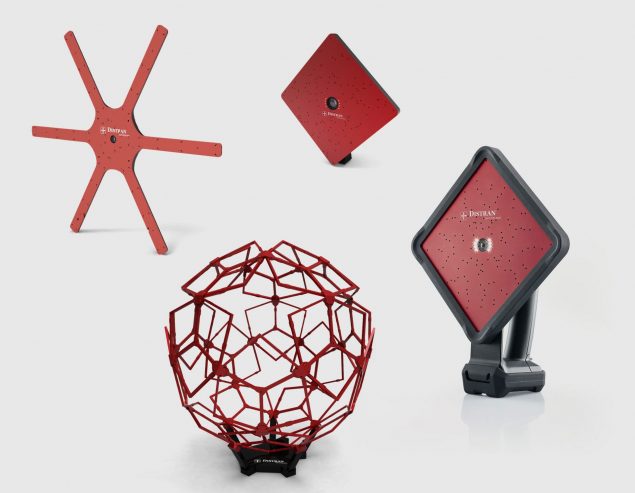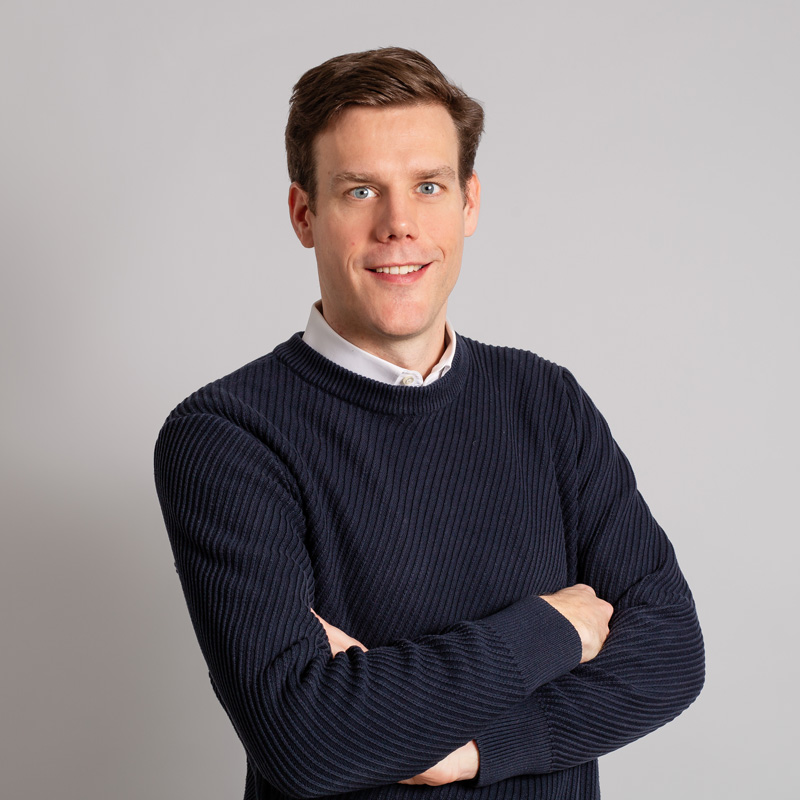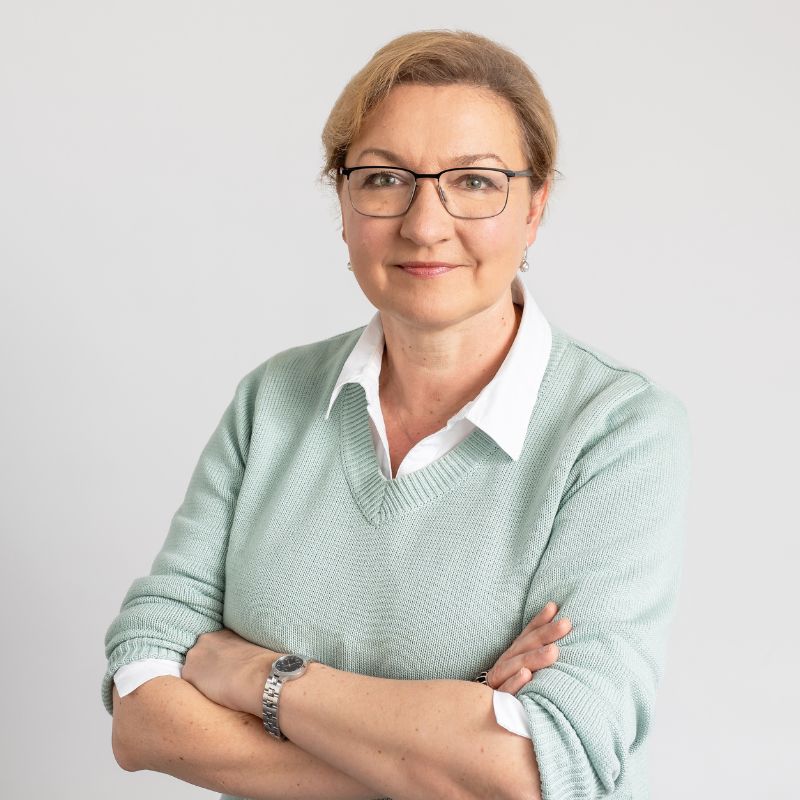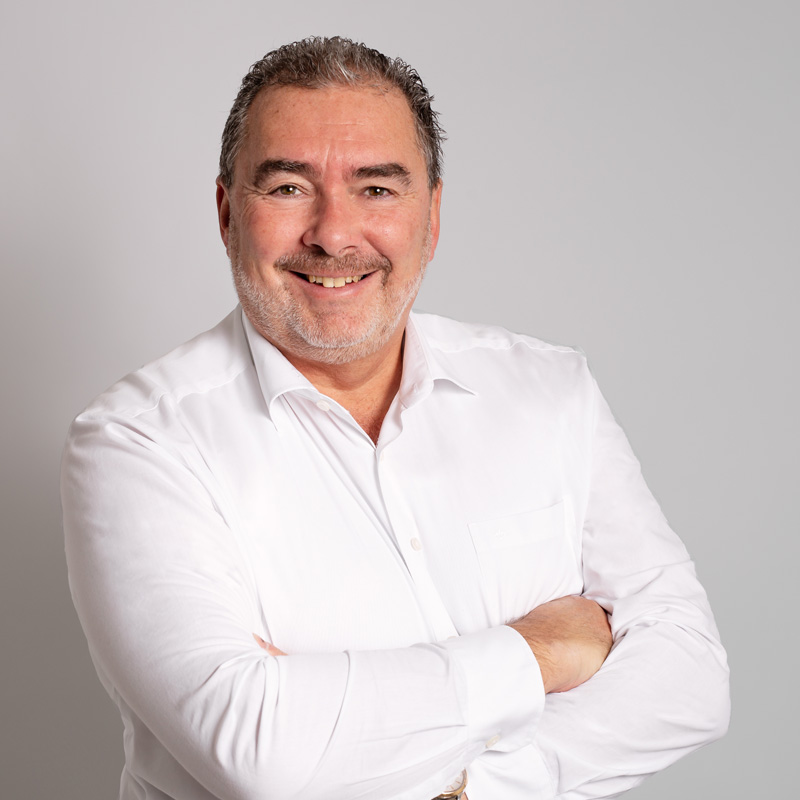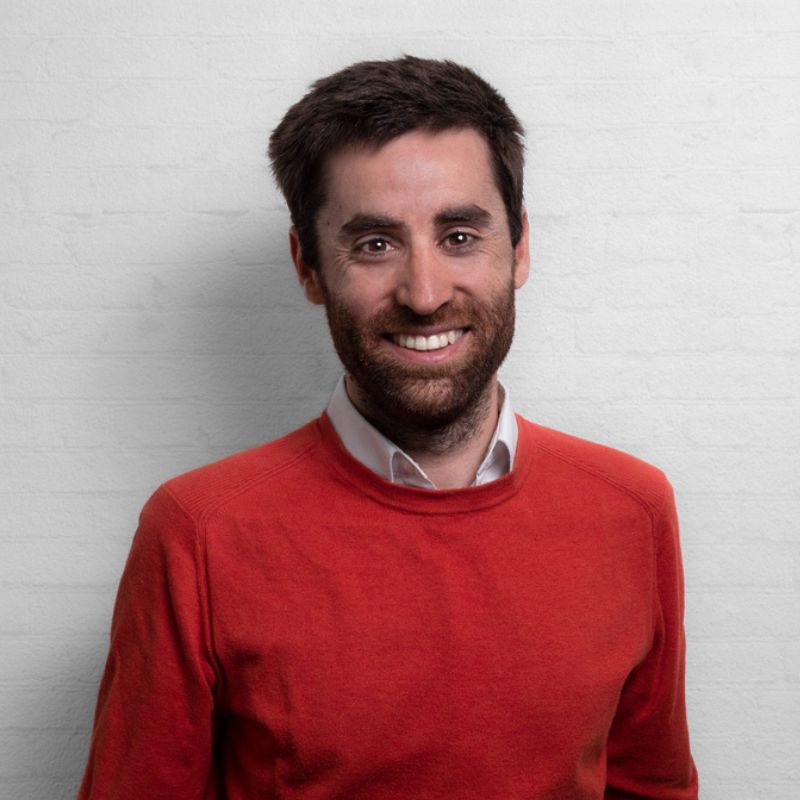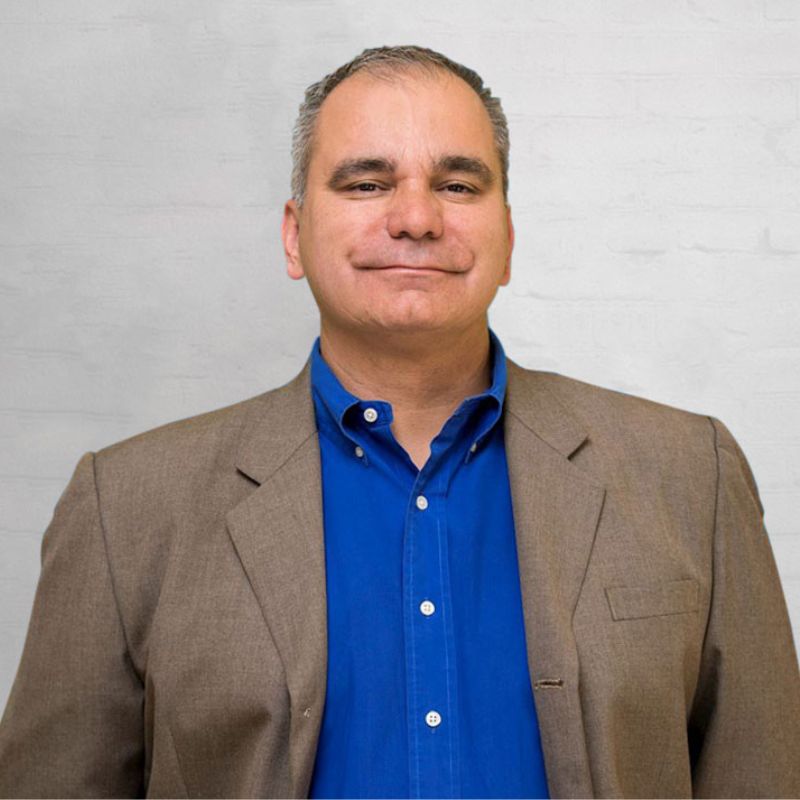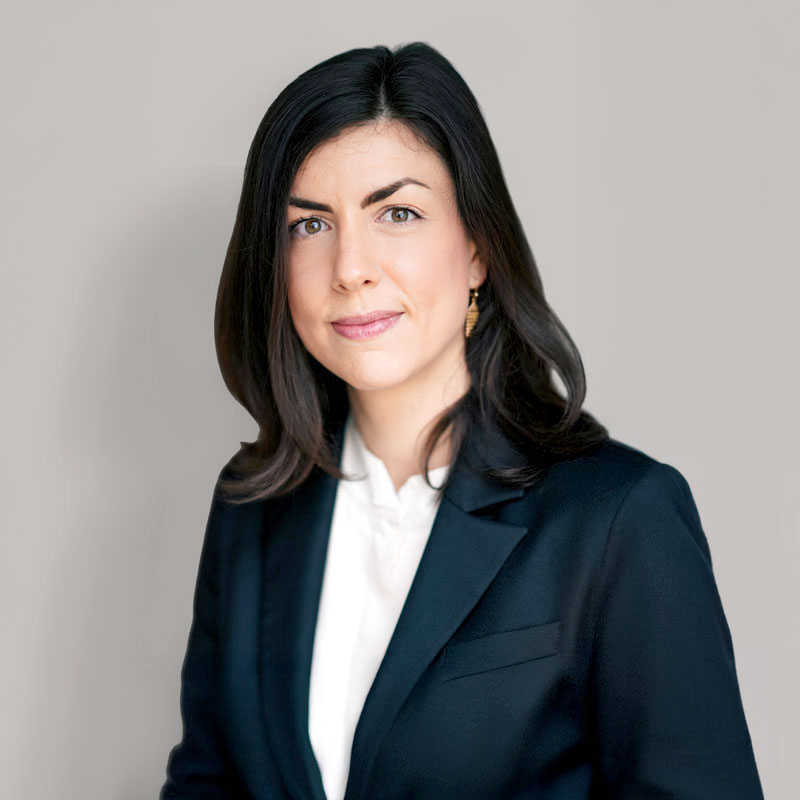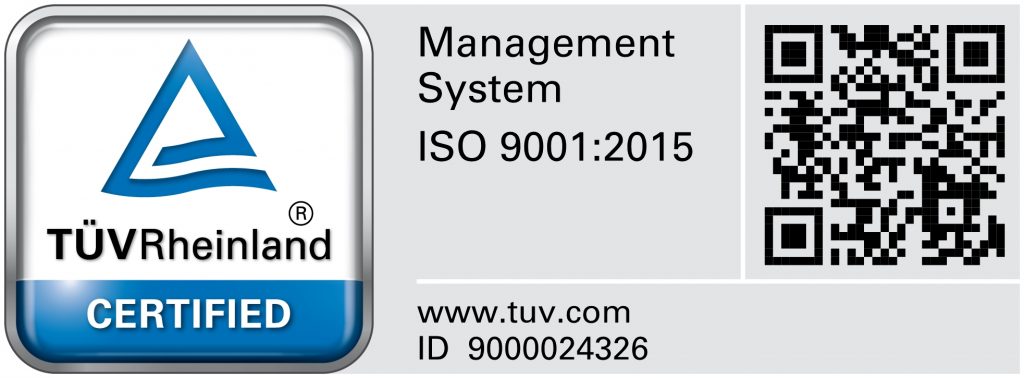2011 | World’s first real-time portable acoustic camera
Back in 2011, acoustic cameras were used by R&D labs to optimize acoustic emissions of cars and other consumer products such as coffee and washing machines. They needed expensive and heavy acquisition boards, weighing more than 20 kgs, to simultaneously acquire dozens of microphone signals. Then, acoustic imaging was done in post-processing. To enable easier field measurements, we developed a novel acquisition board, smaller than a credit card, and directly connected to a computer by USB. The device was not only easily transportable, but also the first acoustic camera producing high definition acoustic images in real-time, enabling users to directly understand the system under study.

